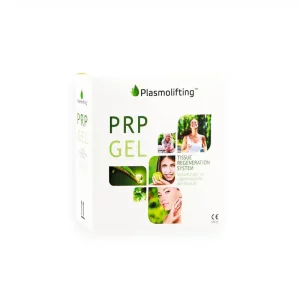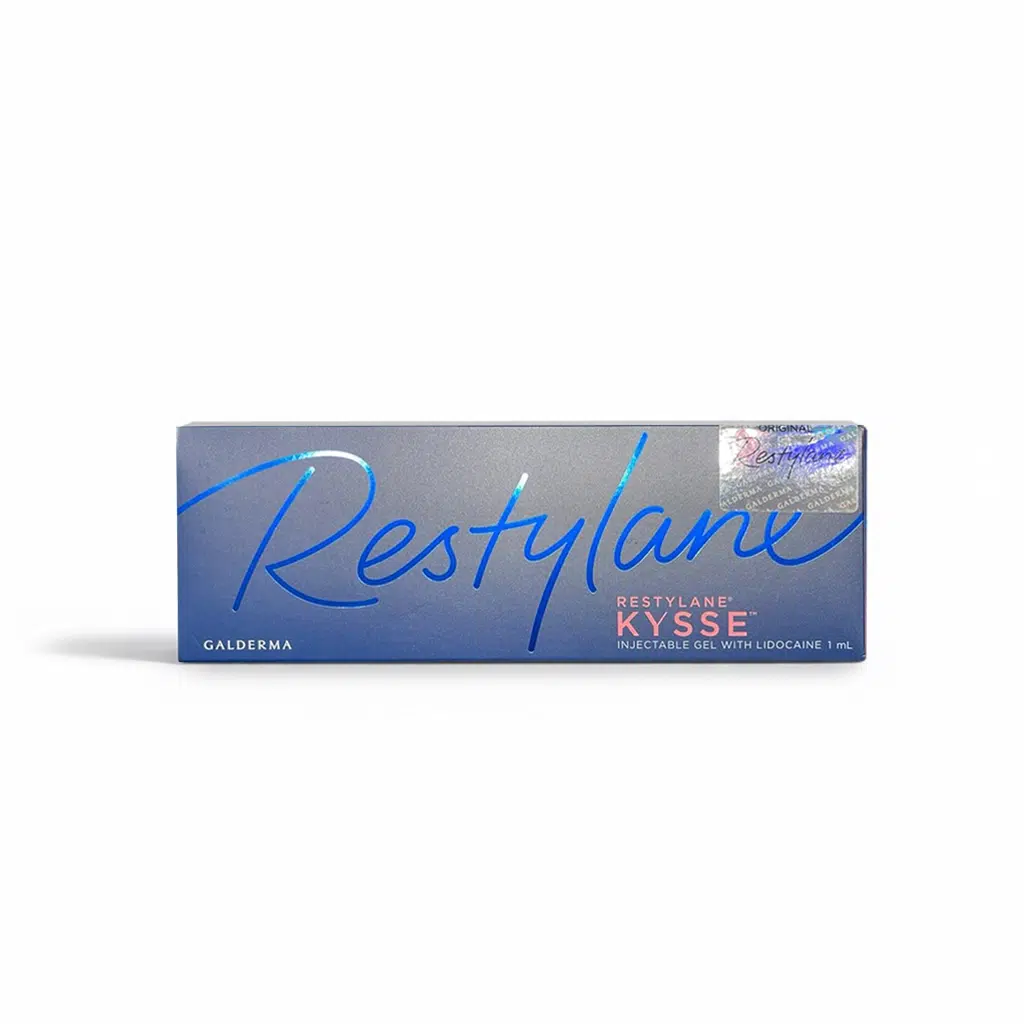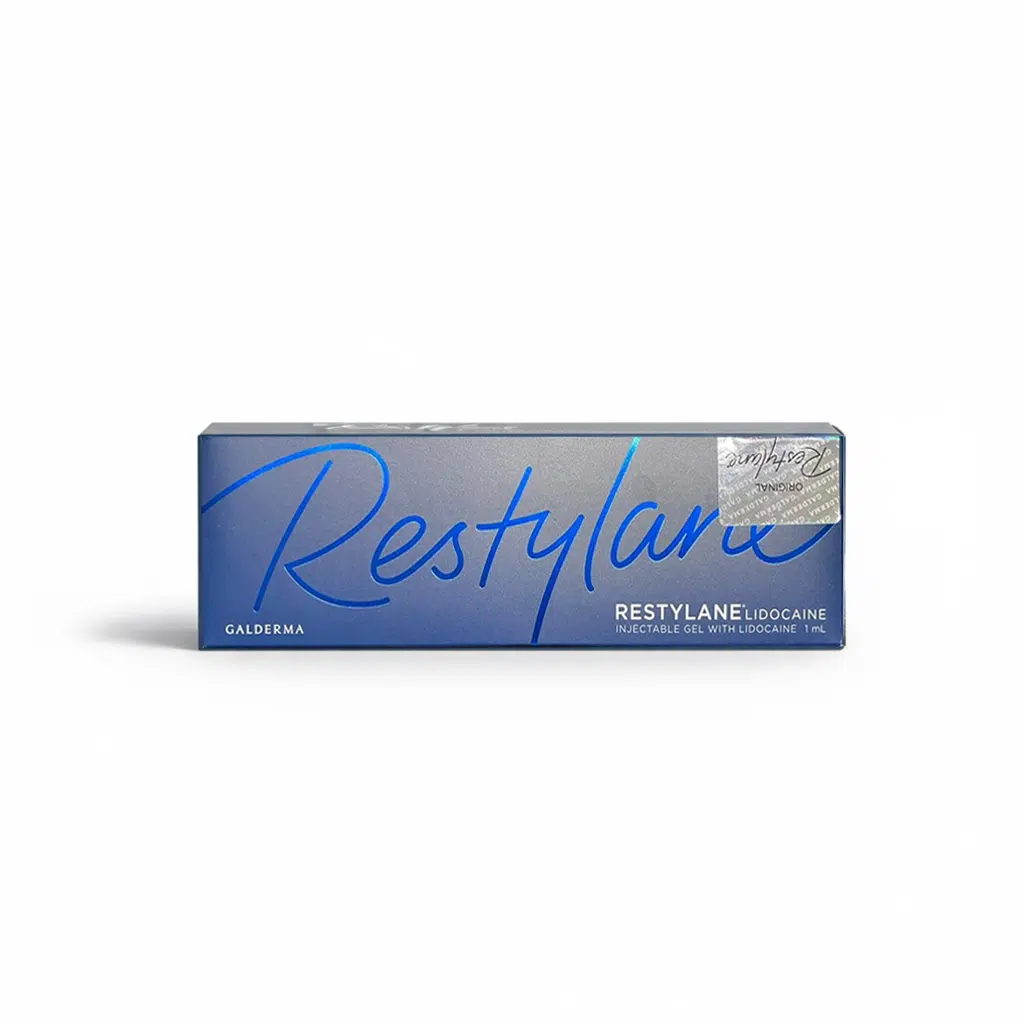- All Products (400)
- Body Sculpting (4)
- Cannulas and Needles (14)
- Dermal Fillers (188)
- Biostimulators (8)
- HA Dermal Fillers (116)
- Korean dermal fillers (28)
- Polynucleotides (9)
- Skinboosters (12)
- Exosomes (1)
- Eyelash Enhancers (1)
- Fat Removal (3)
- Mesotherapy (23)
- Orthopedic Injections (11)
- Peels and Masks (23)
- PRP Kits (1)
- Skincare (27)
- Threads (28)
- ALIAXIN® (6)
- ALIDYA™ (1)
- BCN (12)
- BELLAST® (3)
- BELOTERO® (8)
- BIOMEDICO (3)
- BIOREPEELCL3® (2)
- BRAUN (1)
- CAREGEN (2)
- CINGAL® (1)
- CRESPINE® (1)
- CROMA (4)
- CYTOCARE (4)
- DERMALAX™ (3)
- DESIRIAL® (2)
- DUROLANE® (1)
- EJAL (1)
- ELLANSÉ™ (2)
- EUFLEXXA® (1)
- EXOJUV (1)
- FILLMED® (10)
- FILORGA® (6)
- HArmonyCA™ (1)
- HYACORP (5)
- HYAFILIA® (2)
- HYALGAN® (1)
- HYMOVIS® (1)
- INTRALINE® (25)
- JALUPRO® (5)
- JUVÉDERM® (12)
- KARISMA (1)
- LANLUMA (1)
- LEMONBOTTLE (1)
- MEDIDERMA® (27)
- MESO-RELLE® (2)
- MESOESTETIC® (2)
- MONOVISC® (1)
- NEAUVIA™ (11)
- NEURAMIS® (1)
- NITHYA (3)
- NUCLEOFILL™ (8)
- ORTHOVISC® (1)
- PERFECTHA® (6)
- PLASMOLIFTING™ (1)
- PLINEST® (5)
- PROFHILO® (3)
- PROSTROLANE® (1)
- PRX-T33® (1)
- RADIESSE® (3)
- RAINBOW (7)
- REFINE (3)
- REJURAN® (3)
- RENEFIL (3)
- RESTYLANE® (10)
- REVANESSE® (6)
- REVOFIL (9)
- REVOLAX™ (4)
- SAYPHA® (6)
- SCULPTRA® (1)
- SESDERMA® (9)
- SILHOUETTE (3)
- SKINSEQNC (1)
- SOFTFIL® (6)
- STYLAGE® (19)
- SUNEKOS® (4)
- SUPARTZ® (1)
- SYNVISC® (2)
- TEOSYAL® (13)
- THERASET® (1)
- ULTRA V® (1)
- VISCODERM® (2)
- ZO® (3)
Showing the single result

Manufacturer: Industrie Biomediche Active Substance(s): SODIUM CITRATE…
PRP Kits contain the items needed to obtain pure and high quality PRP (Platelet-rich Plasma) from a whole sample. PRP is highly prized for its capability to accelerate or augment the healing and rejuvenation process, through influencing inflammatory processes, encouraging cell proliferation and activating tissue remodeling. PRP is a fraction of whole blood that contains an enriched concentration of platelet cells as well as their associated growth factors and cytokines, with little to no trace of other blood components like red or white cells. This concentrate of platelets and signaling proteins is suspended in a small amount of plasma.
Many kits require the use of lab equipment such as a centrifuge and an incubator to properly process the sample and acquire pure and therapeutically effective PRP.
Why are they used?
PRP kits offers a cost effective and easier method for harvesting PRP from the patient for administration in the same treatment session.
PRP is suitable both as a monotherapy or as an adjuvant to other aesthetic rejuvenation procedures like dermal fillers, fat grafts, plastic surgery, or skin resurfacing (e.g. lasers, IPL, chemical peels) to aid in skin recovery and to improve the aesthetic results obtained.
PRP Areas of use
PRP therapy is used for numerous indications in a wide range of medical fields due to its ability to aid in the healing of damaged or injured tissue. In the realm of aesthetic medicine, PRP can be used on the skin of the face, neck, décolletage as well as the back of the hands and feet to smooth out wrinkles, rehydrate dry skin, reduce discoloration, provide rejuvenation, and improve suppleness. PRP can be administered to treat skin diseases like psoriasis, acne, eczema and dermatitis. PRP can also help improve the appearance of scars, including post-acne scars. If used around the eyes, PRP has the ability to reduce dark circles and puffiness, promoting rejuvenation. PRP therapy has also been used as a hair restoration treatment in patients with alopecia.
How long do PRP injections last?
Depending on its application, PRP therapy is given in multiple injection sessions ranging from two to ten sessions, spaced in intervals of seven to ten days.
The results are long-lasting, with many patients reporting improvements that remain for up to 18 months after PRP therapy.
How are they used?
PRP is harvested from a sample of the patient’s own blood. Typically, this is collected from the veins of the patient in a predetermined volume, usually around 10ml. PRP Kits follow different protocols designed specifically for that kit to isolate and extract the PRP, however most of them involve a centrifugation step to enable the separation of whole blood into its respective fractions.
PRP is administrated according to the package directions, but in general injection is intradermal and performed with a 30G needle. Appropriate injection techniques employed for PRP administration include the cross-hatching, linear threading or fan techniques. PRP can also be administered in microinjections, similar to mesotherapy. If injecting using this technique, a 32G needle should be used instead.
How long does the treatment injection take?
A typical PRP treatment session is efficient and minimally time-consuming. On average, the entire procedure takes no longer than 30 minutes, which includes the steps of collecting blood, preparing the sample, and completing the plasma extraction. Using a high-quality PRP kit ensures safety, efficiency, and reliable outcomes for both patients and practitioners. Clinics that buy PRP kits or medical PRP systems benefit from faster preparation and a higher yield of platelet-rich plasma (PRP), making it easier to provide consistent results in regenerative medicine, skin rejuvenation, hair restoration, and orthopedic treatments.
Types of PRP Kits
Different PRP kits are designed to optimize plasma extraction and improve the quality of the platelet concentration. Professionals can buy PRP kits that match their clinical needs, whether for orthopedics, dermatology, or aesthetic treatments like microneedling and skin rejuvenation. Below are the most common methods of preparing platelet rich plasma:
-
Gel Separator Kits: These PRP kits use specialized collection tubes containing a separating gel. When placed in a centrifuge, the gel helps divide the blood components by density, isolating the plasma and platelets from red and white cells. This results in pure PRP that contains almost no contaminants. Such kits are widely used in cosmetic and medical PRP procedures to ensure high safety standards and reproducible results.
-
Buffy Coat-Based Kits: These PRP kits rely on a low-speed centrifuge spin, which causes the blood to form distinct layers. The middle layer, known as the buffy coat, contains concentrated platelets and white cells, while the top layer contains plasma and the bottom consists of red cells. The buffy coat is carefully extracted and may undergo a second centrifugation to further increase platelet-rich plasma concentration. This type of PRP extraction is valued for delivering high growth factor content, making it ideal for advanced treatments in orthopedics, aesthetics, and skin regeneration.
Clinics and wellness centers often shop for PRP kits that are compliant PRP systems to ensure safe, standardized preparation of plasma. Many practitioners even choose purePRP kits for their enhanced concentration and precision, ensuring optimal patient outcomes.
Plasmolifting PRP Portfolio
One of the most popular and reliable brands in the PRP industry is Plasmolifting, offering specialized kits and equipment for high-quality platelet-rich plasma production. Clinics that buy PRP systems from Plasmolifting benefit from standardized tools for safe and effective plasma extraction.
This package includes:
-
Plasmolifting PRP Gel: This PRP kit comes with 10 sterile vacutainer tubes designed for the proprietary Plasmolifting method. Each 9ml tube includes sodium citrate to prevent clotting and a thixotropic inert polymer gel to ensure a clean separation of platelet rich plasma.
-
Plasmolifting Centrifuge: Certified PRP centrifuge models (XC 2000 and XC 2415) designed specifically for use with Plasmolifting protocols. These medical-grade devices guarantee precision in PRP extraction and platelet concentration.
-
Plasmolifting Incubator Mini B 100: This device is used to convert platelet-rich plasma into a thicker gel form by heating and denaturing certain proteins. The resulting PRP gel can function similarly to dermal fillers, expanding its use in skin treatments, spa procedures, and regenerative medical applications.
By integrating advanced PRP kits, centrifuges, and incubators, Plasmolifting provides a comprehensive system for practitioners seeking to deliver reliable PRP treatments with consistent growth factor activation. Clinics looking to shop for effective regenerative solutions can confidently turn to absoluteprp and Plasmolifting for compliant PRP systems that meet international safety standards.
Frequently Asked Questions
How do PRP kits work, and what components are typically included in these kits?
PRP kits, or Platelet-Rich Plasma kits, concentrate platelets from a patient’s blood to promote tissue healing and regeneration. Typically, these kits include a centrifuge, collection tubes, and sometimes anticoagulants. The centrifuge separates platelets from other blood components, creating a concentrated PRP for therapeutic purposes.
What are the primary medical applications and clinical indications for PRP kits?
PRP kits find primary applications in orthopedics, sports medicine, and dermatology. They are commonly used for conditions like osteoarthritis, tendon injuries, and skin rejuvenation. Clinical indications include promoting tissue repair, reducing inflammation, and accelerating the healing process. The versatility of PRP makes it valuable in various medical specialties.
What are the key considerations for medical professionals when selecting and using PRP kits in different clinical settings?
When selecting and using PRP kits, medical professionals must consider efficiency, ease of use, and suitability for specific clinical settings. Adjusting the concentration of platelets to the patient’s condition and understanding the kit’s compatibility with different procedures are crucial considerations. Additionally, evaluating the kit’s sterility and ensuring adherence to proper protocols are important for successful outcomes.
What safety measures and regulatory guidelines should medical professionals be aware of when using PRP kits for patient treatment?
Medical professionals utilizing PRP kits should adhere to safety measures and regulatory guidelines to ensure patient well-being. These may include confirming the kit’s compliance with regulatory standards, maintaining sterile conditions during the procedure, and monitoring patients for adverse reactions. Ethical guidelines and obtaining informed consent are critical aspects of responsible PRP therapy.









